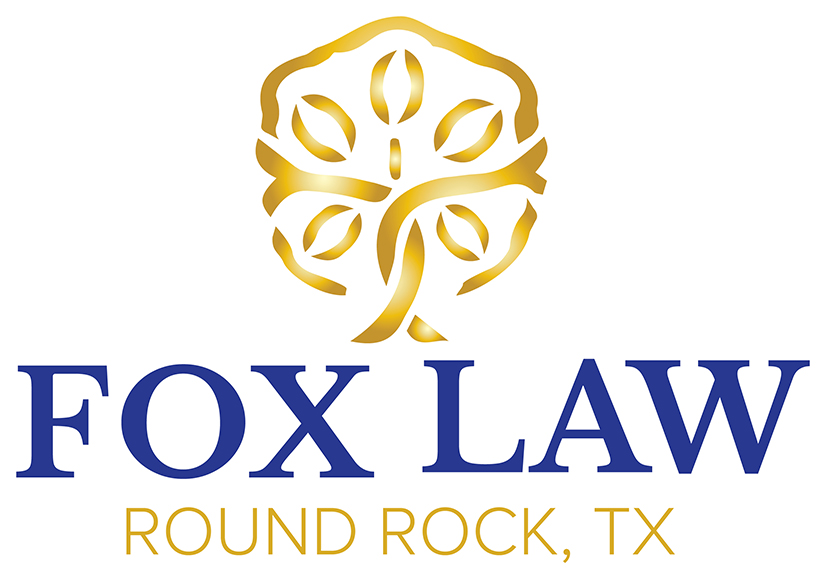Collaborative law is an alternative and voluntary legal process used in divorce, family law, and other civil cases for settling disputes. By providing a structured process for settling parties’ differences, the practice of collaborative law offers parties an alternative to the traditional litigation model, which often becomes costly and emotionally draining. This practice enables couples seeking a resolution for their family law matters (i.e. divorce, child custody disputes, modifications, enforcement issues, etc.) by focusing on the family issues that benefit both parties and/or their children by establishing a cooperative environment, as opposed to litigation.
Communication is open, honest, and shared, and there is no fault finding and blaming. One of the most attractive aspects of collaborative law for many parties is the fact that it is conducted in private with their attorneys, as well as neutral professionals, who assist the parties in reaching a settlement agreement outside of court. Collaborative attorneys are trained in interest-based negotiation and the parties work with their attorneys to understand the legal consequences for themselves and the other party in order to minimize the possibility of future conflicts.
The collaborative law process gives clients the ability to move as fast or as slow as necessary thus, allowing the parties to emotionally and/or financially deal with the issues at hand so that when all is said and done, the parties have a positive relationship, especially where there are children involved.


